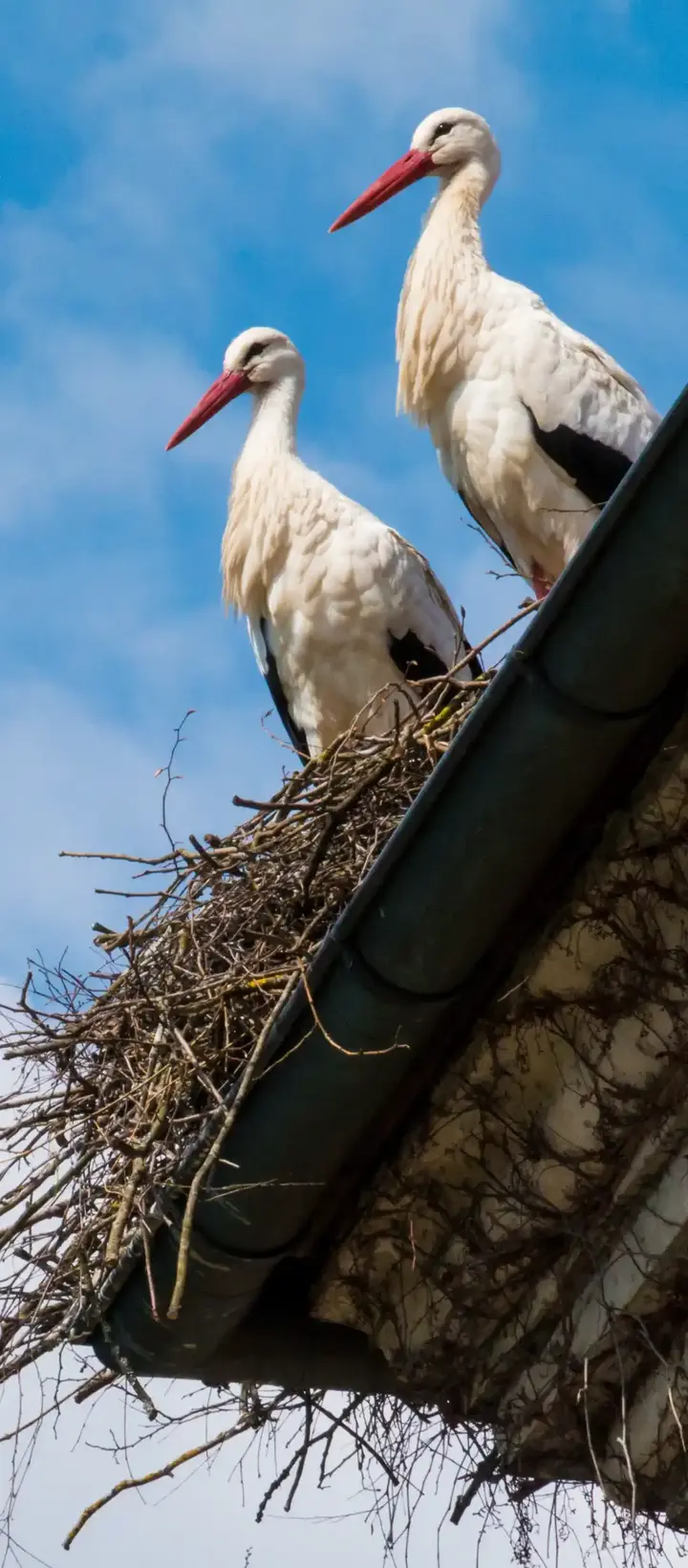ثقافة ومجتمع، يقدمه إعلاميون بارزون. يحتوي على برامج فرعية: «فنجان» يناقش قضايا اجتماعية، و«سوالف بزنس» يتناول الأعمال والاقتصاد. يستضيف شخصيات من السياسة والاقتصاد والرياضة، فيمنح الحوارات عمقًا يجذب الجمهور العربي.
أنس بوخش أسس تجربة مميزة في البودكاست العربي باستضافة نجوم عرب وعالميين مثل شاروخان وإبراهيموفيتش. يمنح الضيوف مساحة لرواية تجاربهم الإنسانية بصدق، بعيدًا عن الأسئلة التقليدية، فجذب متابعين وجدوا في الحلقات تقديرًا للجوانب الإنسانية خلف الشهرة. بدأ أنس محللًا ماليًا، ثم أصبح رجل أعمال ومقدم برامج يتفاعل مع ضيوفه دون مونتاج أو تزييف.
يبرز بودكاست دروس أونلاين الذي يقدمه أحمد أبو زيد، يركز على قضايا الشباب والعمل الحر، مستلهمًا من تجربته كمهندس حوّل شغفه بالتعليم إلى قناة يوتيوب يتابعها أكثر من 8 ملايين مشترك. ينقل قصص نجاح مثل استضافته المبرمج أسامة الزيرو الذي تعلم البرمجة ذاتيًا رغم دراسته التجارة. ألهمت هذه القصص شباب الوطن العربي.
تجسّد هذه النماذج تطور البودكاست العربي كوسيلة إعلامية حديثة تعزز الوعي الثقافي والاجتماعي، وتقدم محتوى متنوعًا يناسب أنماط الحياة الحديثة، فأصبحت أداة مؤثرة في المشهد الإعلامي العربي المعاصر.


